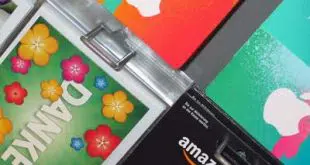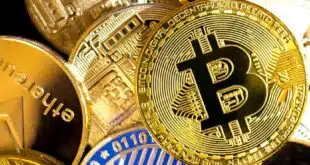When JPMorgan Chase & Co. decided to recruit order-ahead capability for its Chase Pay mobile wallet, it settled on a 6-year-old mobile payments startup whose technology could give Chase Pay a vital boost in a crucial merchant segment. Meanwhile, the alliance could also bring tens of millions of new customers to restaurants served by that startup, Boston-based LevelUp.
The deal with LevelUp, announced nearly a month ago, received plenty of publicity because it came just as Chase Pay had debuted for in-store payments at Best Buy and Starbucks and was looking for a way to penetrate the quick-service and fast-casual restaurant market, which accounts for millions of daily and weekly sales.
But there was more to the tie-up than a technology-sharing arrangement. Chase in September bought a stake in LevelUp for more than $10 million, linking the fate of the fledgling Chase Pay wallet even more closely to that of the startup, which has 1 million active users running $1 million each weekday through their smart phones at client eateries. “We’re excited to have Chase partner so closely with LevelUp,” says Alex Shuck, director of marketing and analytics at LevelUp.
Observers say the investment could pay off handsomely for both companies. Launched in 2011 by what was then a 4-year-old mobile-game company called Scvngr Inc., the LevelUp mobile wallet has already built links to 5,500 restaurant locations nationwide for payments, offers, and order-ahead capability, plus another 2,000 in Boston for order ahead only. The wallet can store national-brand cards and, like Chase Pay, links to point-of-sale scanners using quick-response codes.
Order-ahead apps like LevelUp’s allow mobile users to skip lines during the lunch or dinner rush by ordering and paying for what they want, then simply picking it up minutes later at the eatery. Such apps are critical for mobile wallets because, like offers and rewards, they bring something to users that goes beyond the mundane transactional capability, experts say. “Ordering ahead is, in our opinion, the best form of mobile payments,” says Shuck.
“Payment solutions, by themselves, are not compelling enough to move the needle for either the merchant or the consumer,” adds Jon Squire, chief executive of CardFree, a San Francisco-based wallet developer that focuses on restaurants. “Chase seems to have recognized this and is looking to extend into more of the commerce-related solutions like order ahead.”
Order ahead is also a complicated business for mobile developers and eating establishments alike, so buying into it might make sense even for a megabank like Chase. “Getting to scale with something as complex as menu management and order ahead is a challenge for all of us in the space,” says Squire.
Meanwhile, Chase builds scale by gaining access to LevelUp’s merchant base. The deal announced last month opens locations in Boston to Chase Pay immediately, with national availability rolling out over the coming months. “It took [LevelUp] years to put that acceptance footprint together, so Chase gets a running start at a key mobile adoption sector,” says Steve Mott, principal at BetterBuyDesign, a Stamford, Conn.-based consultancy.
What LevelUp gains from the tie-up, besides the cash infusion, is of course the bank’s national marketing power. But, more crucially, the deal brings to LevelUp clients the potential sales latent in the 94 million Visa accounts Chase has auto-loaded into Chase Pay. “We’re of course really excited about how the Chase Pay partnership will drive more customers to our merchant partners,” Shuck says.
But reaching and wiring in eateries for payments, offers, and order-ahead capability is only part of the puzzle. Aside from the technical complexity, order ahead can be tripped up by all-too-human complications. “A key value-add for mobile is the ability to jump the line,” says Mott. “That’s the theory. In practice, the barista is so busy they don’t actually get to the advanced orders often times.”
Still, Chase may not be done buying into, or simply partnering with, other technology platforms that could help Chase Pay win mass adoption. For a piece of LevelUp, $10 million “is not a bad price,” says Mott, when you consider PayPal Holdings Inc. reportedly paid at least $280 million in 2015 for all of startup Paydiant Inc., which also relies on QR-code scanning.
“You can bet [Chase] was looking at five or six or 10 other companies,” Mott says. “I wouldn’t be surprised if there are some acquisitions.”




